Pre-Sprouting Beans
drloyd
12 years ago
Related Stories
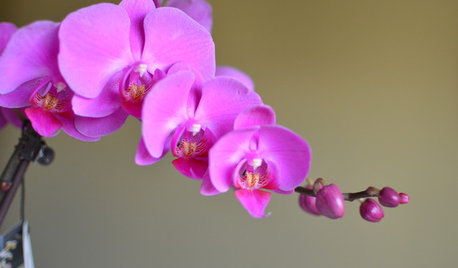
MID-ATLANTIC GARDENINGChecklist: What To Do in the Garden This Month
February Gardener: Plant sprouts, start seedlings, force bulbs, grow an orchid and more
Full Story
GARDENING GUIDES10 Easy Edibles for First-Time Gardeners
Focus on these beginner-friendly vegetables, herbs, beans and salad greens to start a home farm with little fuss
Full Story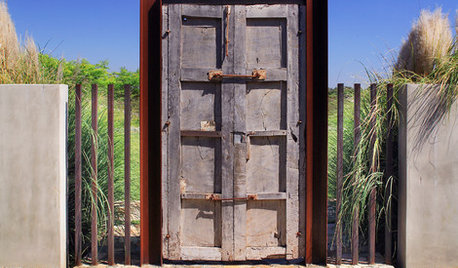
MATERIALSMesquite: The Brawny Beauty for All Over the Home
Denser than other hardwoods and sporting beautiful coloration, mesquite makes a fine material for flooring, countertops, furniture and more
Full Story
GARDENING GUIDESUnleash Your Guerilla Gardener
Toss some seed bombs around the yard for easy, beneficial plantings
Full Story
MOST POPULARHouzz Call: Show Us Your Winter View!
Share pictures of your home and garden in winter — whatever your climate, architecture and plantings
Full Story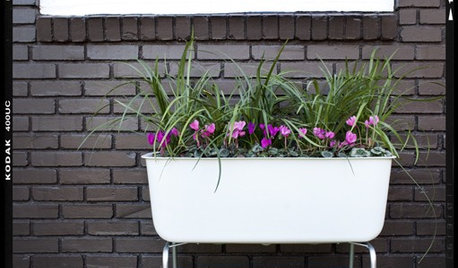
GARDENING AND LANDSCAPINGDIY Project: Mobile Container Garden
Get your garden going anywhere with a planter on wheels
Full Story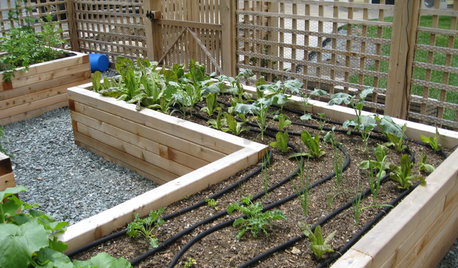
SPRING GARDENINGEnjoy the Peak of Spring Gardening — Here’s What to Do in May
Bid the frost farewell and treasure the blooms. No matter what U.S. region you’re in, one of these guides will help your garden flourish
Full Story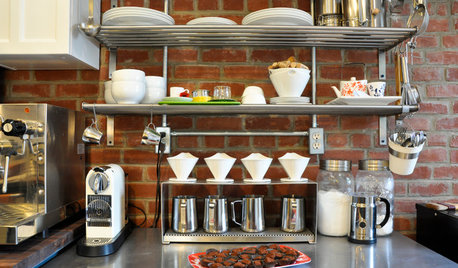
KITCHEN DESIGNSimple Pleasures: Wake Up and Smell the Coffee
Slugging down any old sludge while pulling on socks is no way to start the day. Learn to brew amazing java and savor the experience here
Full Story
COFFEE WITH AN ARCHITECTArchitect or Zombie?
Hunched over a drafting table through the wee hours, subsisting on coffee and esoteric knowledge ... architects may not be what you think
Full Story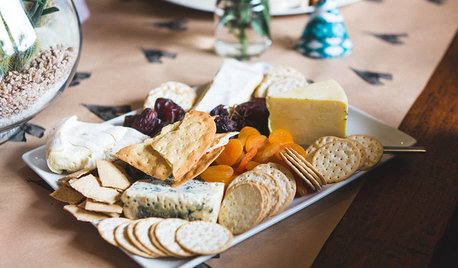
ENTERTAININGSimple Pleasures: The Reimagined Potluck
Party guests can bring more to the table than just the food. Enlisting help with setup, decorations and drinks spreads the work and the fun
Full StorySponsored






happyday
Belgianpup
Related Professionals
Allentown Landscape Architects & Landscape Designers · Concord Landscape Contractors · Berkley Landscape Contractors · Deerfield Landscape Contractors · Hilton Head Island Landscape Contractors · Melrose Park Landscape Contractors · Mequon Landscape Contractors · Metairie Landscape Contractors · Centennial Decks, Patios & Outdoor Enclosures · Diamond Bar Decks, Patios & Outdoor Enclosures · Grain Valley Decks, Patios & Outdoor Enclosures · Methuen Decks, Patios & Outdoor Enclosures · Natick Decks, Patios & Outdoor Enclosures · New Albany Decks, Patios & Outdoor Enclosures · St. Louis Decks, Patios & Outdoor Enclosureshappyday
drloydOriginal Author
aftermidnight Zone7b B.C. Canada
macky77
tcstoehr
flora_uk
drloydOriginal Author
flora_uk
aftermidnight Zone7b B.C. Canada
macky77
drloydOriginal Author
flora_uk
drloydOriginal Author
Peter (6b SE NY)
aftermidnight Zone7b B.C. Canada
zeedman Zone 5 Wisconsin
Peter (6b SE NY)
zeedman Zone 5 Wisconsin
Peter (6b SE NY)
drloydOriginal Author
drloydOriginal Author
zeedman Zone 5 Wisconsin
fusion_power
zeedman Zone 5 Wisconsin